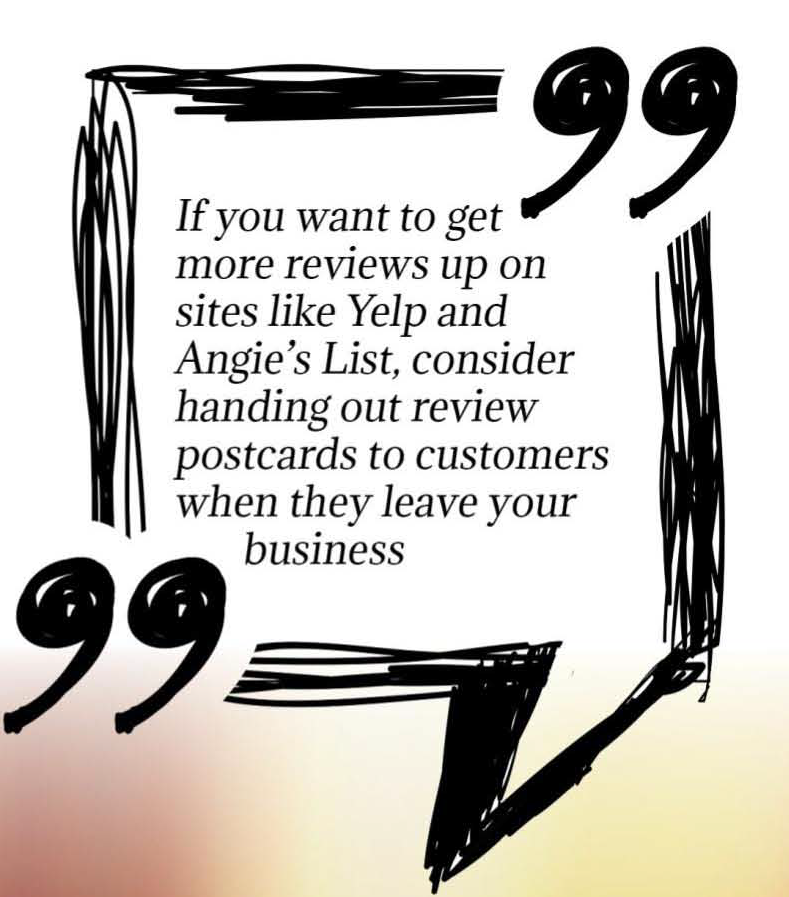
If you’re like a lot of business owners, you’ve done your research about the importance of reviews. You know that a huge majority of internet users rely on reviews of businesses to make purchasing decisions, and you’ve probably put a lot of effort into managing your review pages, responding to negative reviews, and demonstrating how helpful you are to potential customers. All of that is great. and you should keep doing it.
What’s the problem. then? If you’re taking those reviews and sticking them on a Testimonials page on your website. you’re undoing all your hard work. Here’s why.


The first thing you need to know is that customers don’t trust testimonials.
But wait. you might be thinking. Didn’t I just say that the majority of customers rely on reviews when making purchasing decisions?
Note the language. They rely on reviews, not testimonials. It doesn’t matter if your testimonials started out as reviews. The moment you pick one out and stick it on your website, it’s a testimonial – something you solicited from a customer you knew was happy and satisfied.
Even if you include a few less than stellar reviews in the mix, it’s unlikely that customers will even bother to visit the page. They are going to assume that you picked out the best of the best. and that they won’t learn anything real about your company, products, or service by visiting the page.
In case you’re still not convinced, let’s envision a scenario where a company culls their best online reviews to put on their website. A
customer decides to read them, and then – still unconvinced – decides to bounce over to Yelp to see what the people there have to say.
How do you think it will affect your credibility if there’s a significant disconnect between what’s on your site and your average Yelp rating! I’ll give you a hint it’s not going to do you any favors. Customers want to see honest reviews, including the negative ones – and they want to see how you respond to the bad reviews.
It’s also important to note that the changes that Google made to local business information on Google+ mean that the only thing customers will see there are your location information and your reviews. You might as well make the most of them



If you’re wondering how you can harness the power of reviews while avoiding the pitfalls I have described above, don’t worry I’m about to tell you. The key here is to link to (not copy) reviews from your website, and to do so in a way that doesn’t step on anybody’s toes. Here’s what you need to do.
1. Ditch the “Testimonials· page and make it a “Reviews· page instead.
2. At the top of the page, put a few sentences about how you think it’s important for potential customers to hear what existing customers think of you. With that in mind, you’re providing them with some quick and easy links so they can see for themselves.
3. For every link you include, make sure to use the target=· _blank” command so that the review site opens in a separate tab. You don’t want to encourage people to navigate away from your page, so don’t skip this step.
4. Put a link to Google reviews at the top of your page. Google reviews are always going to be at the top of any list of search results, so you might as well list them first on your page.
5. Do not link directly to your Yelp page. That might not seem to make sense, but Yelp frowns on direct links, so you want to make it look like visitors from your site are arriving at Yelp via organic search The way to do that is to do a Google search for [your business] Yelp, and then copy the link to the SERP (search engine results page) urI. When visitors click it, they will be taken to the Google SERP page with Yelp at the top of the listings where they can easily click it
6. Do the same thing for any other relevant review sites, including Angie’s List and industry-specific sites.
The point of doing things like this is that you get all the benefit of directing customers to reviews without the suspicious element of listing them on your own website. Whether you agree with the perception that Testimonial pages are not to be trusted or not. the fact is that customers want to feel they have access to unbiased and honest reviews that are a true reflection of what they can expect if they do business with you.


If you’re worried about linking to unfiltered review pages, there is actually a very easy two-part solution that can alleviate that fear altogether:
1. Do a great Job of monitoring your review pages and replying in a professional and helpful manner to negative reviews. I know, it seems obvious – but sometimes the obvious solution really is the best one. If you want to be sure that customers are getting a clear picture of your great products and services, show them how important customers are by giving great customer service. It’s not rocket science – nor should it be.
2. If you want to get more reviews up on sites like Yelp and Angie’s List. consider handing out review postcards to customers when they leave your business. Some customers might leave a review anyway, but there’s no harm in encouraging them to do so. By providing a card, you’re making it easy If you find yourself resisting the idea of doing away with Testimonials, think of it this way You still have them, you’re only changing the name.
If you were listing only rave reviews on your site, the chances are good that your customers would go seek out the rest of your reviews in spite of that This way, you’re being up front with them about your reviews, which shows them you have nothing to hide.


